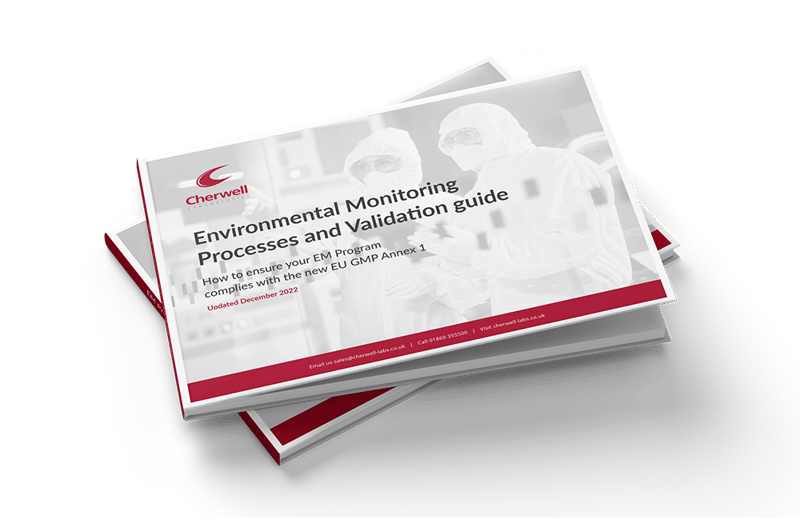Well, it’s almost here. The much anticipated, updated version of EU GMP Annex 1 – Manufacture of Sterile Medicinal Products was published for consultation in December. Over the last few years, Andrew Hopkins of the MHRA and project leader, promised a great deal more detail in the new version, mainly due to a loss of knowledge in recent years caused by experienced staff in the sector retiring. Hopkins is true to his word. The draft annex 1 is a far more detailed document, and arguably easier to navigate. An impressive feat considering the draft is a whopping 50 pages, compared to the current version a mere 16 pages long. I’m not going to mention every change made (bearing in mind this is still in draft some updates may be removed after the consultation period) but I am going to mention details that have caught my eye.
Firstly, this is not a rewrite, it is a significant update. Much of the text and guidance from the current version makes it into the update. First up, there is a document map at the start and a glossary of terms at the end. It is an obvious thing to say but it is a lot easier to navigate and find information. Another promise from the many meetings I have attended was the reference to quality risk management (QRM) throughout, once again very much the case. There is a whole page dedicated to Pharmaceutical Quality Systems (PQS) which lists the expectations and goals in relation to the manufacture of sterile products.
Moving onto the real detail, I’m not going to give a comprehensive run through of all the additions to Annex 1 but I will try my best to give you a proper taster of the new content.
Personnel
The first big difference is the personnel section. The main addition, which is continually mentioned throughout the section, is operator training and competency. Operators are the main source of contamination in a cleanroom. It really drums home the importance of properly trained staff, and if staff members don’t make the required standard then they should not be granted access to the cleanroom. Continual assessment of the operator is the key to control, especially gowning and successfully participating in Aseptic Process Simulations (APS). The employers must provide the correct size garments for their personnel and QRM should be used to ascertain the maximum number of operators allowed in the cleanroom during operation.
Premises
Premises design gets a good update with detail not mentioned in the current version. A lot of what has been updated is already commonly done. There is now an expectation that air visualisation studies are performed to demonstrate unidirectional airflow. There is detailed guidance on establishing air flow patterns to prevent contamination. Video recordings are recommended. Airlock design between grades is more detailed; also the movement of equipment and personnel must be in separate airlocks. In grade A environments, the point where airflow is measured needs to be justified in the protocol, during qualification and requalification either close to the filter face or working height. 10-15 Pascals is quoted as a guidance value for the pressure difference between cleanroom grades.
This is a brand new section for utilities; some of the text is from the current version but from various different sections. The expectation now includes appropriate design, maintenance and identification of utilities critical to the process. The updates for the design and maintenance of water systems are the most significant change:
Water Systems
There is precious little detail in the current version about water systems, specifically the production of Water For Injection (WFI). Since the previous version, it has become more common to produce WFI via Reverse Osmosis (RO). Water systems must be designed to reduce microbial risk, with RO now specified as a possible method of manufacture. Design advice specifies avoiding dead legs and the sloping of pipes to aid drainage. This will help in the avoidance of biofilms in the water system, a common problem in badly designed and maintained water systems. Hydrophobic filters in WFI storage tanks should be sterilised and integrity tested before and after use. There is an expectation of monitoring that includes where to sample from and what to sample for (chemical and biological samples). Another expectation is continuous monitoring for Total Organic Carbon (TOC), another indicator of contamination issues or biofilm formation.
The other new segments in the utilities section are, “steam used for sterilisation”, where the water quality is now specified when used in SIP systems; the chemical and biological purity of “compressed gasses and vacuum systems” must be verified, and for “cooling systems”, it recommends systems with hydraulic fluid must be located outside the filling room.
In part 2 of this blog, I will be covering changes and updates to such topics such as production and specific technologies, environmental monitoring and aseptic process simulations.
To make sure that you don't miss out on part 2 of this blog, you can subscribe to our blog below (we only send out a maximum of one email a week with our blog topics). You can also sign up to receive our bi-monthly newsletter by clicking on the sign up button below.








